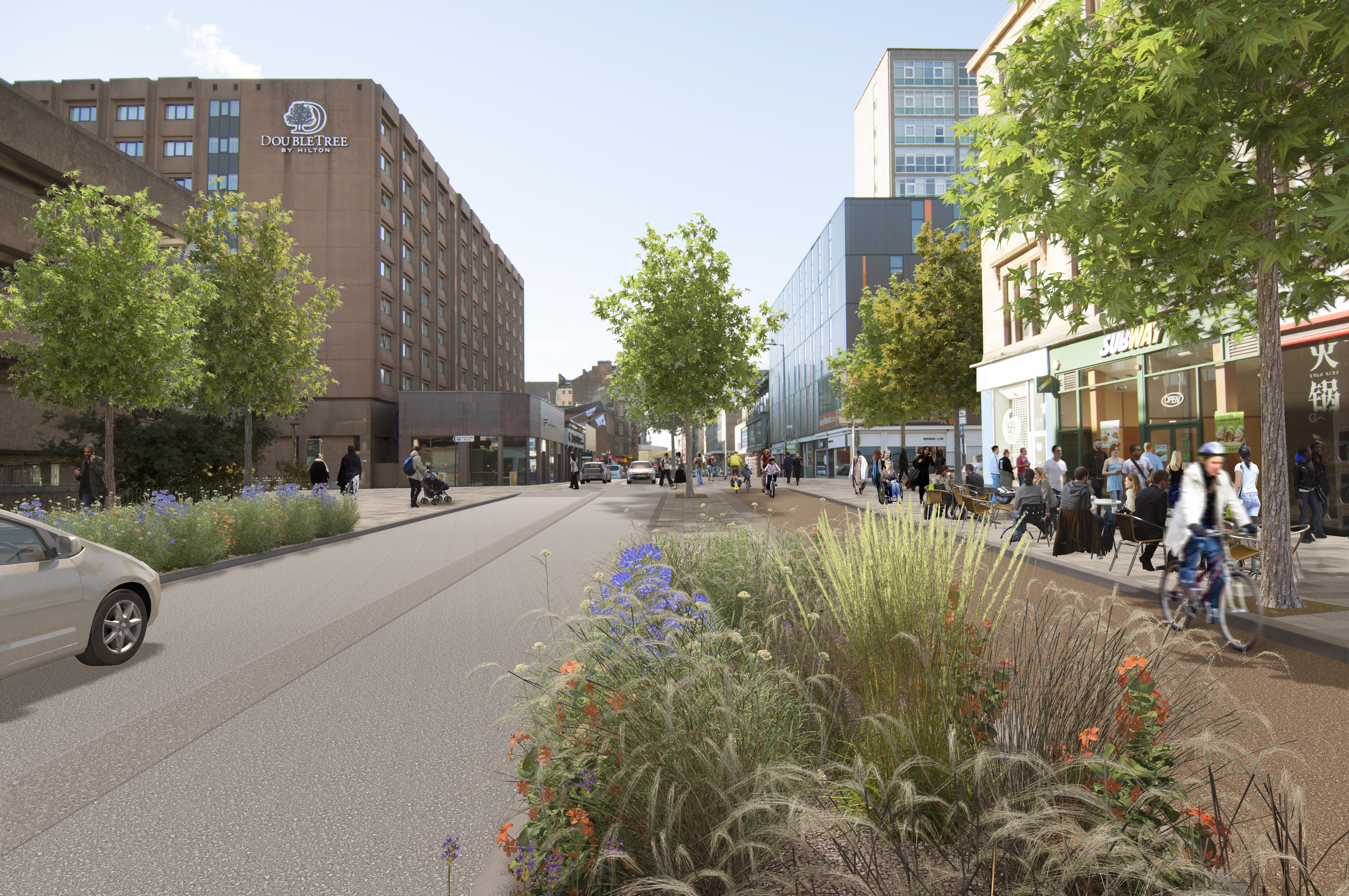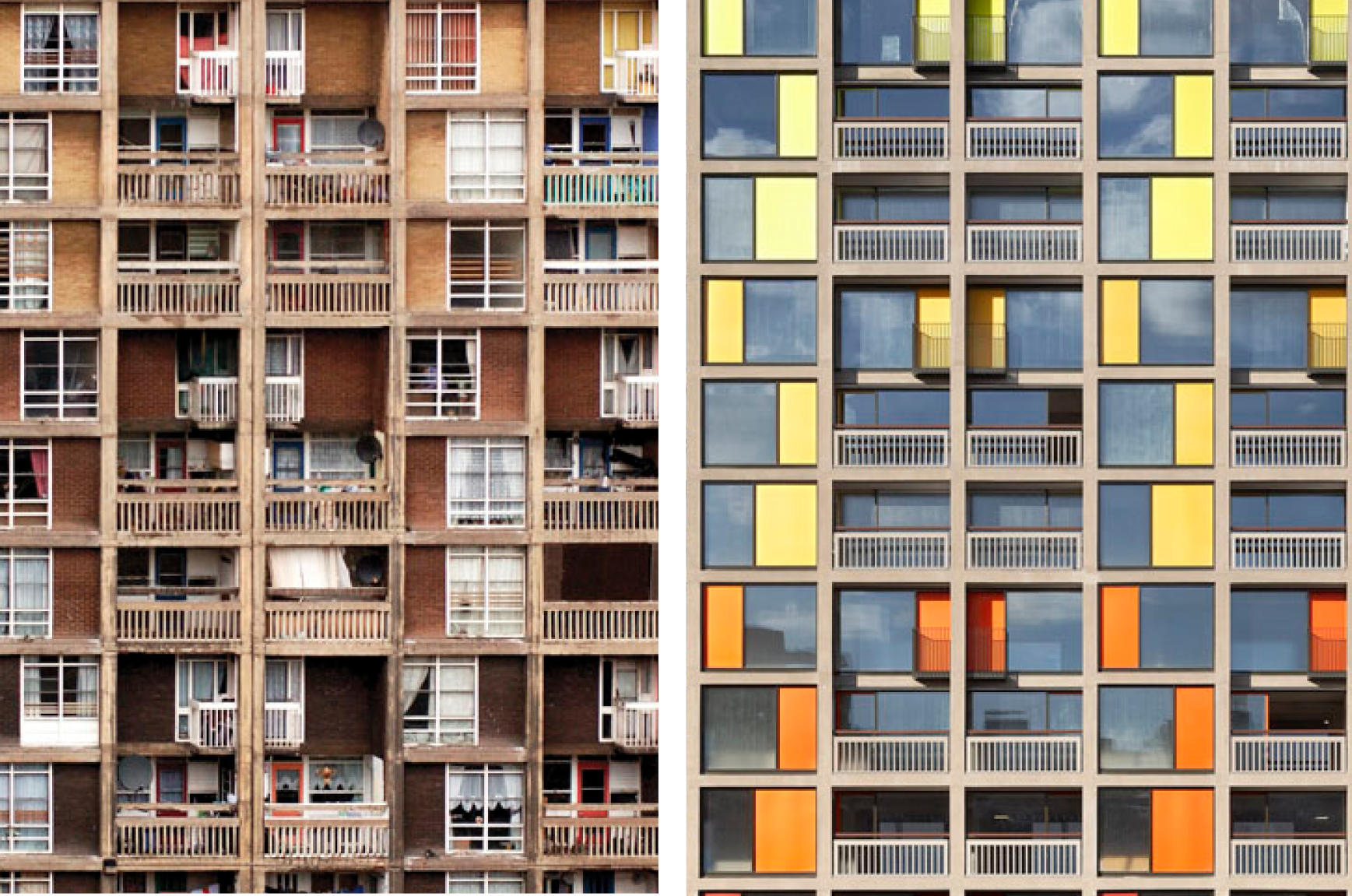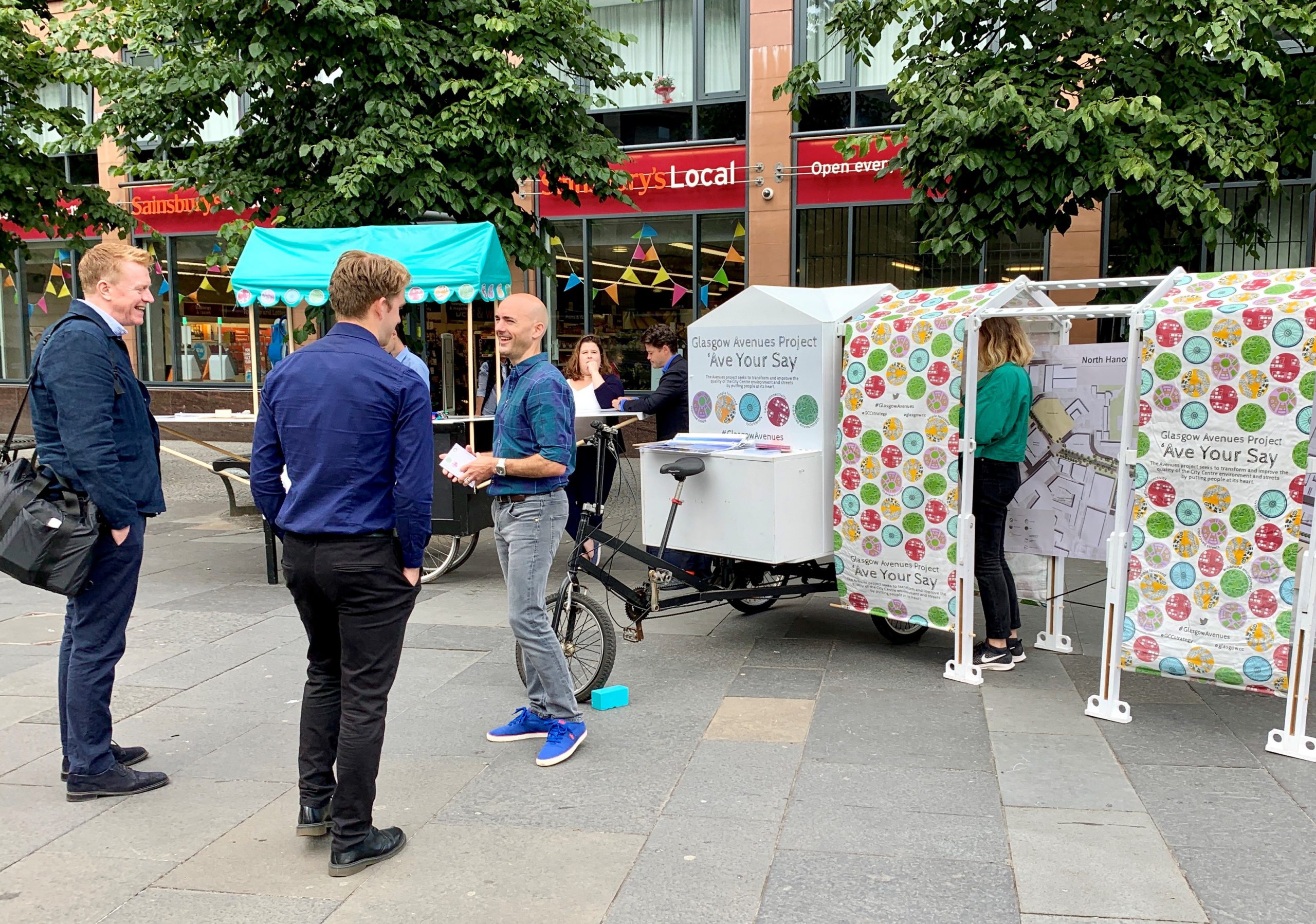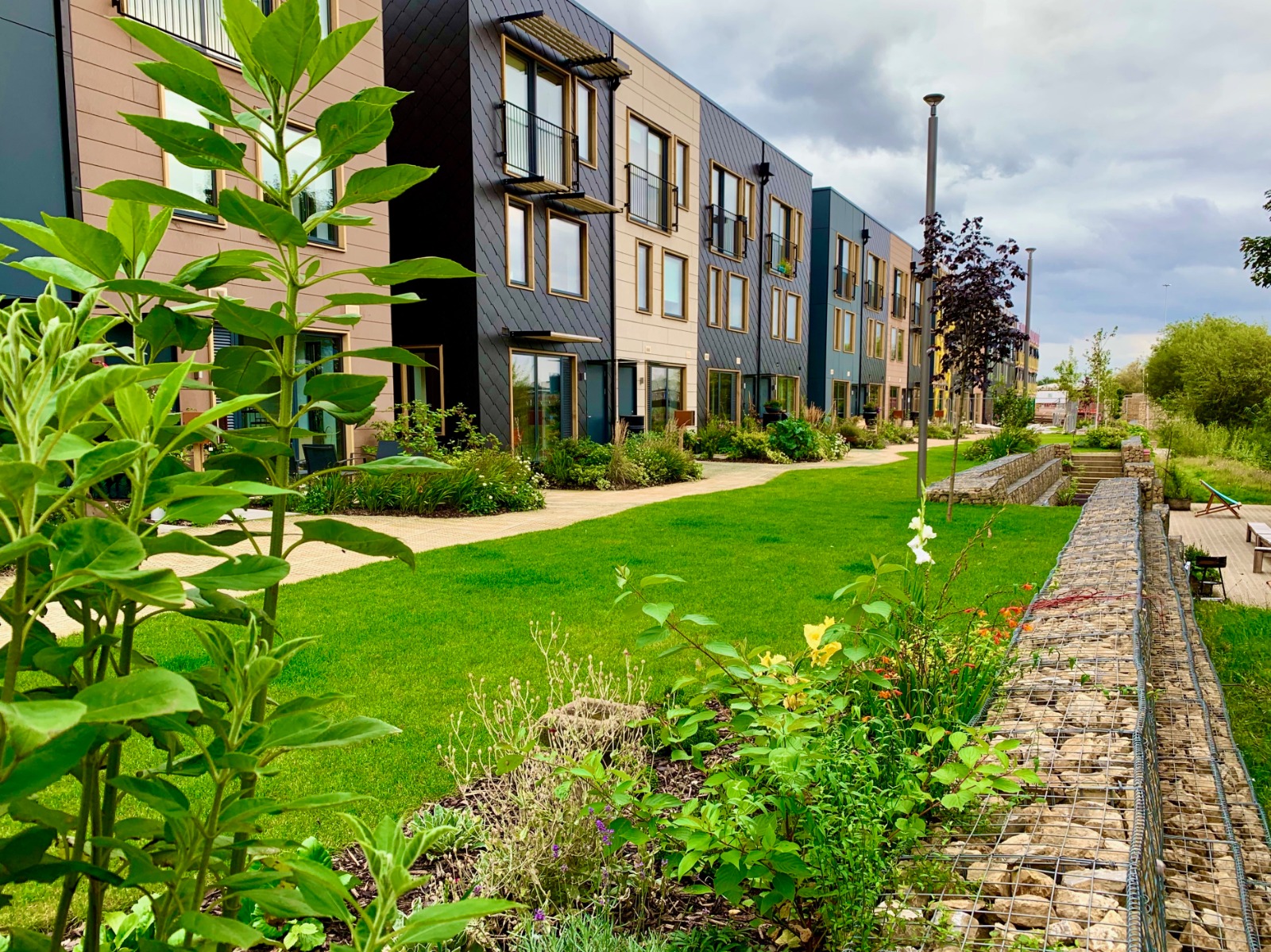As structural, civil and transport engineers, we aim to create inspirational structures and places that have a positive impact on the environment and enable people to lead happier and healthier lives.
In achieving this vision, we as a Practice, alongside our industry, profession and society as a whole, have a moral obligation to act urgently to repair the damage that our current lifestyles have done to the planet and increase our efforts in response to the Climate and Biodiversity Emergency.
Climate sensitivity and its protection has been a founding feature of our Practice, since its inception and it is embedded in our vision, our values and our designs. We have been pursuing a sustainable design agenda, and recognise that as engineers we have the opportunity to make a real and substantial impact on the
carbon cost of the built environment through carefully considered design, well-informed decision-making and the pursuit of nature based solutions.
Our industry and our professional institutions have made public declarations which demonstrate our responsibility and urgency in tackling this issue. These have inspired us to reflect on how we talk about our approach and behaviour in delivering this agenda. This climate charter uses our founding principles to elaborate on our approach:
Exploring not exploiting
Active travel – With road travel accounting for 25% of UK carbon emissions, we promote modes of active travel and spatial planning that offers lifestyles happily serviced by amenities and facilities ideally located within a comfortable walking or cycling distance. This brings significant health and wellbeing benefits.
Rooted in nature – We design neighbourhoods based on the character and quality of the geography and landscape drawing out the qualities that are distinctive and valuable.
Building not destroying
Land use and location – We support development that is mixed use, or is located so it is either within, or it extends in a considered way, an existing urban environment and does not increase people’s reliance on the private car for access or connection to amenities.
We seek to avoid unnecessary development on remote and valuable greenfield sites, and therefore avoid the associated impact on nature, microclimate and downstream flood risk.
Re-using not just using
Re-purposing for the future – To reach carbon neutrality by 2030, as an industry we need to use 33% less steel and concrete. This is why re-using and re-purposing existing buildings and infrastructure, as a priority over demolition and replacement is so important. Our designs consider future adaptations of building structures and infrastructure, so their useful life can be
extended, minimising further carbon expenditure, and a more positive impact on the environment is achieved.
We seek to avoid unnecessary development on remote and valuable greenfield sites, and therefore avoid the associated impact on nature, microclimate and downstream flood risk.
Listening and learning
Technical excellence partnered with emotional intelligence – We spend time getting to know and understand the people and places where we work. This understanding allows us to be aware of local interests, policies and priorities so we can then enhance and showcase in the right way the buildings, settings and environment we are designing.
Importance of collaboration – We strongly believe in challenging and listening to those we work with, participating in industry debates and engaging with opinions, techniques and ideas from across our industry and peers outside of our industry.
Creating a lasting legacy
Embodied Carbon – Our new building and infrastructure designs promote the use of low carbon and upcycled materials where we can prove technical viability. This often includes more use of timber. We work with industry partners to develop alternatives to carbon-intense and steel-based products and our design process includes carbon calculation of the materials we specify as a metric to be used in decision-making, alongside economic cost.
Importance of collaboration – We strongly believe in challenging and listening to those we work with, participating in industry debates and engaging with opinions, techniques and ideas from across our industry and peers outside of our industry.





